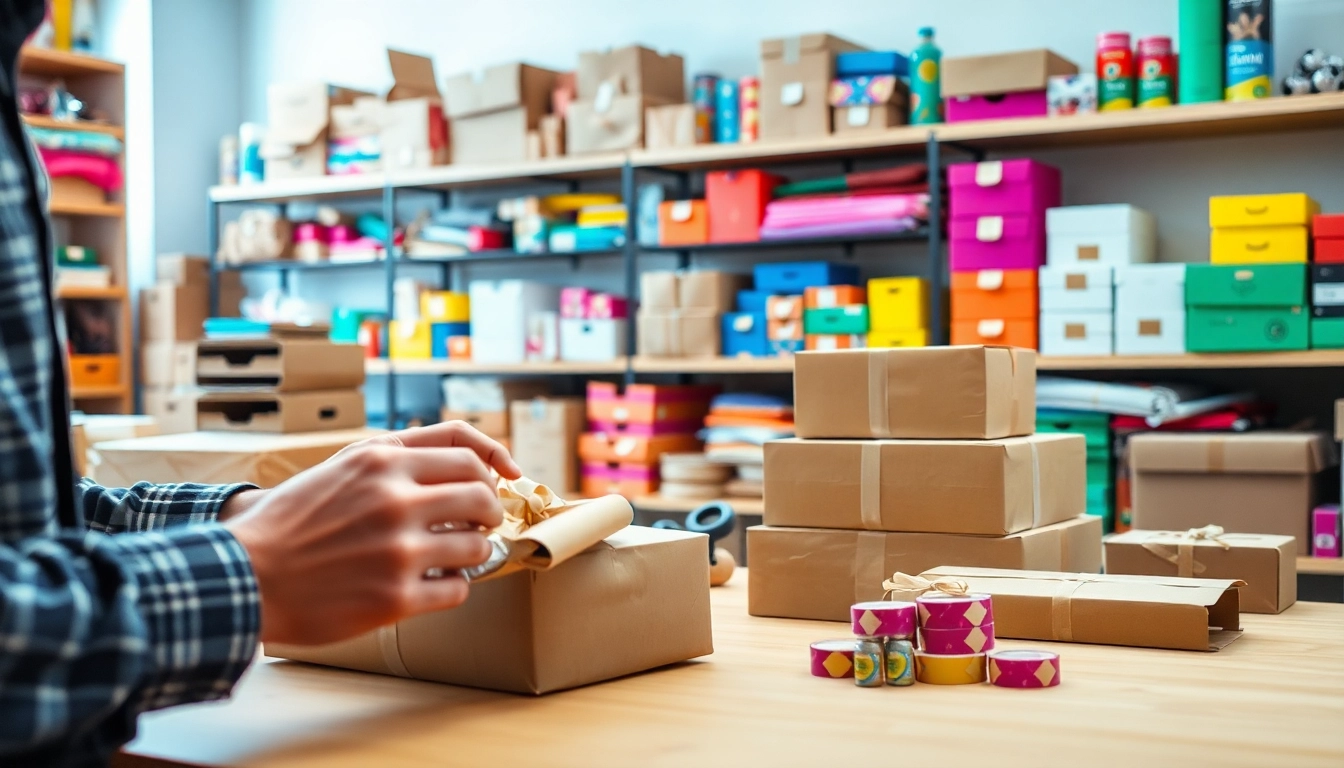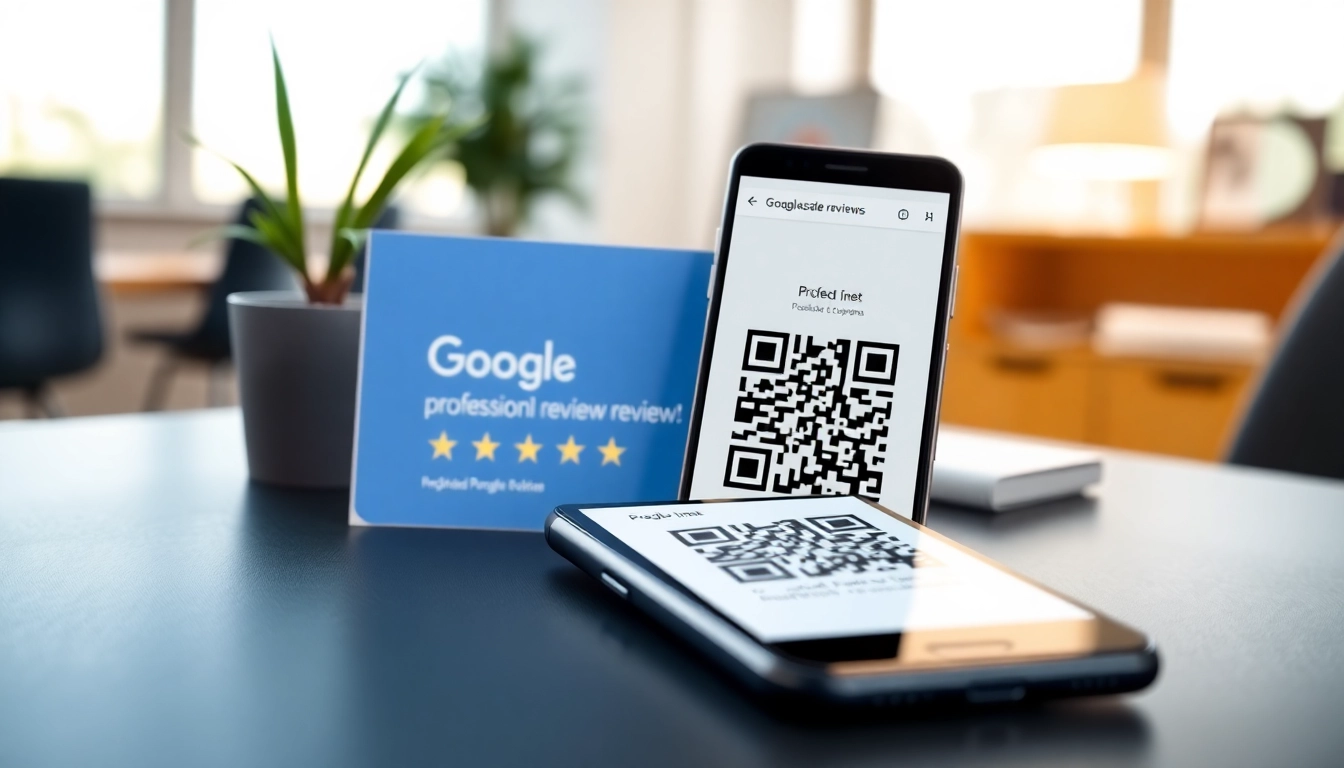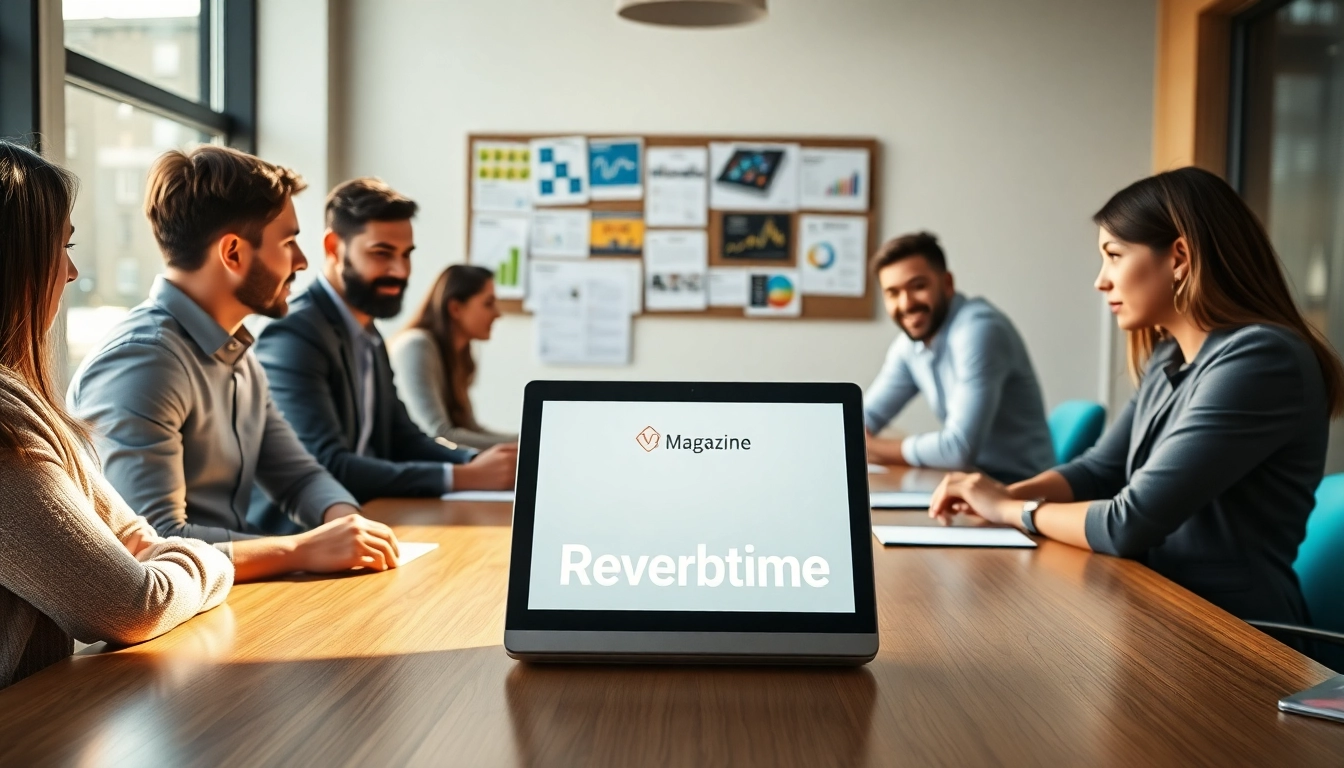Understanding the Importance of Packaging
In today’s competitive marketplace, the significance of packaging extends far beyond mere aesthetics. It serves as a vital marketing tool and a functional necessity that influences customer perceptions, brand identity, and ultimately, sales. Understanding the role packaging plays can empower businesses to make informed decisions that enhance their products’ appeal and functionality.
What is Packaging and Its Role?
Packaging refers to the process of designing, evaluating, and producing packages for a product. It involves selecting the appropriate materials and creating an enclosure that protects the item while ensuring it appeals to consumers. The role of packaging is multifaceted:
- Protection: Ensures that the product remains safe from damage during storage and transportation.
- Information: Provides essential details about the product, including ingredients, usage instructions, and safety guidelines.
- Branding: Conveys brand identity and values, helping to differentiate products in a crowded marketplace.
- Eco-friendliness: Reflects a brand’s commitment to sustainability through the selection of recyclable or biodegradable materials.
The Impact of Packaging on Customer Perception
First impressions matter, especially in retail environments. Packaging acts as the first point of contact between the consumer and the product, influencing their decision to purchase. Studies indicate that consumers often make snap judgments about a product based on its packaging design. Furthermore, compelling packaging can enhance perceived value and drive purchases even in cases where products are similar in terms of quality and price.
Moreover, packaging can foster brand loyalty. Customers who resonate with a brand’s packaging are likely to develop a long-term relationship with it, leading to repeat purchases. Therefore, understanding consumer psychology and investing in thoughtful packaging design can substantially affect a brand’s reputation and sales.
Types of Packaging: Pros and Cons
Different types of packaging exist, each with its advantages and disadvantages:
1. Rigid Packaging
Rigid packaging includes containers like glass bottles, metal cans, and cardboard boxes.
- Pros: Provides strong protection; enhances shelf life; allows for creative branding.
- Cons: Generally more costly; less flexible; heavier compared to other options.
2. Flexible Packaging
This includes bags, pouches, and film packaging.
- Pros: Lightweight; often cost-effective; more shelf space efficient.
- Cons: Less durable; may offer less protection compared to rigid options.
3. Eco-Friendly Packaging
Composed of sustainable materials, these options include biodegradable bags and recycled cardboard.
- Pros: Appeals to environmentally conscious consumers; often recyclable; reduces carbon footprint.
- Cons: Can be more expensive; may not provide the same durability as traditional options.
Essential Packaging Materials and Techniques
Choosing the Right Packaging Materials
Selecting the perfect packaging material is crucial to the overall success of the product. Materials must not only ensure product safety but also align with brand identity and sustainability goals. Common packaging materials include:
- Cardboard: Versatile and recyclable; suitable for various products.
- Plastic: Lightweight and flexible; ideal for both rigid and flexible packaging but raises environmental concerns.
- Glass: Non-toxic and recyclable; perfect for premium products, although heavier and more fragile.
- Metal: Great for food and beverage; provides excellent protection against contamination.
Innovative Techniques for Effective Packaging
Innovation in packaging is crucial as consumer expectations evolve. Some innovative techniques include:
- Smart Packaging: Incorporating QR codes or NFC tags allows customers to access product information and engage with the brand digitally.
- Active Packaging: Uses materials that can interact with the product, such as oxygen scavengers that extend shelf life.
- Minimalist Design: Simple yet effective designs that focus on essential information while reducing waste.
Cost Considerations in Packaging Choices
Price is one of the most significant factors impacting packaging decisions. Companies must balance quality with cost-effectiveness. Key considerations include:
- Material Costs: Understanding the cost implications of different materials is vital in budgeting for packaging.
- Scale of Production: Larger production runs can decrease per-unit cost, making packaging design and bulk purchasing essential.
- Long-term Sustainability: While eco-friendly options may cost more upfront, they can appeal to consumers and foster long-term loyalty.
Designing Your Packaging for Maximum Impact
Elements of Effective Packaging Design
Effective packaging design combines function and aesthetic appeal. Key elements include:
- Visual Appeal: Eye-catching colors, shapes, and typography draw consumers’ attention.
- Usability: Packaging must be easy to open, reseal, and store.
- Informational Clarity: Clear labeling that communicates essential product information is non-negotiable.
Branding and Messaging Through Packaging
Packaging is a silent yet powerful brand ambassador. It should tell a story and represent brand values. For instance, organic and sustainable brands must reflect these principles in their packaging choices. Standardizing elements like logo placement and color scheme ensures consistent branding, which is crucial for customer recognition.
Examples of Successful Packaging Designs
Examining successful packaging designs can offer valuable insights. Notable examples include:
- Apple: Known for elegant and minimalist packaging that reinforces its premium brand identity.
- Coca-Cola: Consistent branding with a unique bottle shape that is instantly recognizable.
- Unboxing Kits: Brands like Dollar Shave Club excel at creating a memorable unboxing experience that engages customers.
Best Practices in Packaging for E-Commerce
Protecting Products During Shipping
Packaging for e-commerce presents unique challenges, particularly regarding shipping. Ensuring products arrive undamaged is pivotal. Recommendations include:
- Custom Fit Boxes: Use packaging tailored to the product size to reduce movement and damage.
- Protective Inserts: Incorporate padding materials like bubble wrap or packing peanuts to protect fragile items.
- Waterproof Materials: Utilize materials that can withstand the rigors of weather exposure during shipping.
Sustainable Packaging Solutions
With growing consumer concern over environmental issues, adopting sustainable packaging solutions is not just an option but a necessity. Businesses can explore:
- Biodegradable Materials: Transitioning to materials that break down naturally reduces landfill waste.
- Minimalist Packaging: Reducing excess material minimizes environmental impact while promoting efficiency.
- Reusable Packaging: Encourage consumers to return packaging for reuse or offer discounts for customers who do.
Customer Engagement and Unboxing Experience
The unboxing experience is integral to e-commerce success. Enhancing this experience can lead to higher customer satisfaction and shareability on social media. Tips include:
- Thoughtful Presentation: Use branded tissue paper, custom boxes, or personal notes to create a memorable unboxing moment.
- Interactive Elements: Include fun elements like stickers or surprise gifts that delight customers.
- Video Tutorials: Offering QR codes linking to video guides for product setup can enhance engagement.
Measuring the Success of Your Packaging Strategy
Key Metrics to Evaluate Packaging Performance
To fine-tune packaging strategies, it’s critical to measure their effectiveness through key performance indicators (KPIs). Relevant metrics include:
- Customer Feedback: Regularly gather insights on customers’ perceptions of packaging quality and appeal.
- Return Rates: Monitor returns associated with damaged packaging to identify areas for improvement.
- Sales Data: Analyze sales trends before and after packaging changes to assess impact.
Feedback and Iteration Based on Customer Insights
Feedback should drive iterative improvements. Formulate a system for collecting, analyzing, and acting on customer feedback to refine packaging designs. This might involve surveys, focus groups, or direct outreach post-purchase.
Future Trends in Packaging Innovations
The future of packaging is bright and filled with possibilities. Innovative trends that could shape packaging evolution include:
- Smart Technologies: The integration of technology in packaging for enhanced interactivity will grow, allowing for better consumer engagement.
- Sustainable Innovations: Continued advancements in eco-friendly materials and production methods will help brands meet sustainability goals.
- Personalization: Custom packaging designs tailored to individual consumers will become more prevalent as data analytics progresses.













Leave a Reply